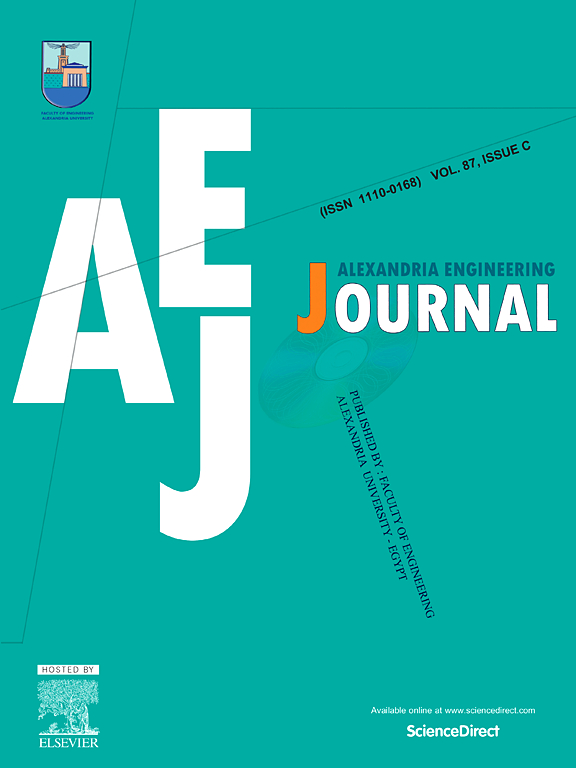Autonomous data-driven delamination detection in laminated composites with limited and imbalanced data
Abstract
This study addresses the challenges of data scarcity and class imbalance in structural health monitoring (SHM) of composite structures. Data-driven SHM techniques that benefit from non-destructive evaluation (NDE) are used in various composite structures. However, the lack of damaged state data causes data scarcity and class imbalance problems that prevent robust diagnostics of composite structures. This study introduces a novel data-driven multi-class data augmentation method for composite structures, employing a multi-class generative adversarial network (MC-GAN) for the first time to generate synthetic data for multiple classes without the need for excessive experimentation or simulation. Additionally, the MC-GAN model is integrated with the convolutional neural network (CNN) to develop the MC-GAN-CNN model for autonomous data augmentation and delamination detection. The approach has been validated using experimentally obtained vibrational data for laminated composites. The damage detection using manual feature extraction showed overfitting and very high standard deviation during 10-fold cross-validation for various machine learning models. However, the proposed method suggested a more rigorous assessment with a mean accuracy of 99.72 ± 0.08 %. In addition, the proposed framework assists in handling the delamination detection problem autonomously without requiring hand-crafted statistical features with a good generalization capability.

 求助内容:
求助内容: 应助结果提醒方式:
应助结果提醒方式:


